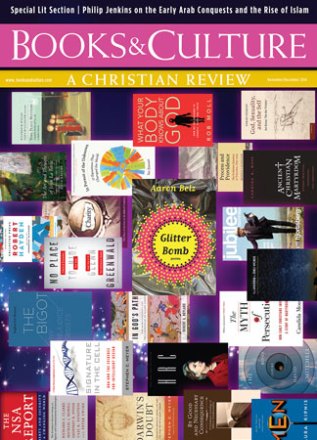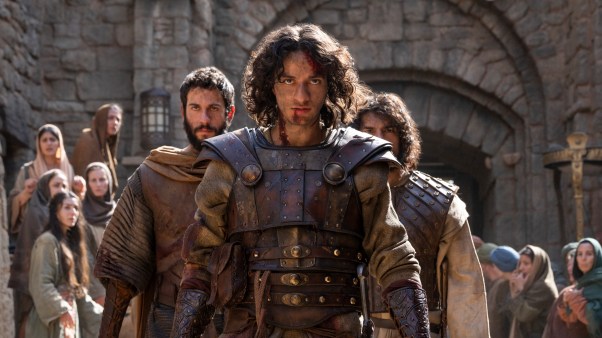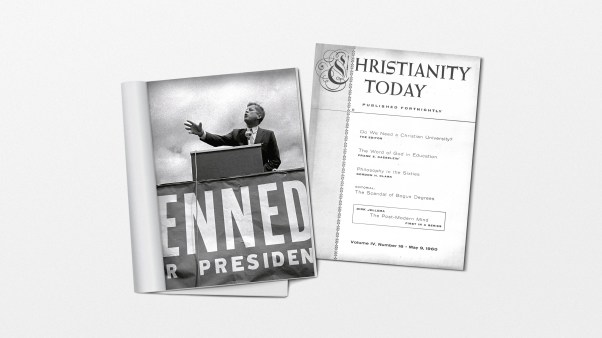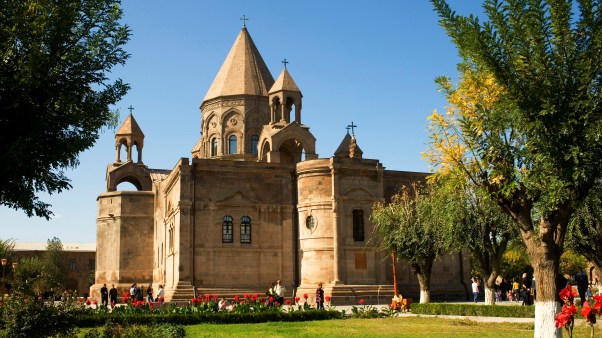Candida Moss has distinguished herself over the last few years as a productive scholar, especially on the subject of early Christian martyrdom. Ancient Christian Martyrdom (ACM) is a rereading of the early martyrdom texts that offers important challenges to some traditional assumptions. Since ACM presupposes a certain level of familiarity with the texts as well as with historiographical and literary methods, the primary audience is students and scholars of early Christianity. The Myth of Persecution (MOP), on the other hand, takes most of the same ancient material and repackages it in a more broadly accessible form. MOP challenges a stream of modern Christian discourse that, according to Moss, perpetuates a false narrative of early Christian persecution and martyrdom that not only abuses the historical narrative but also misuses it in contemporary contexts. MOP is certainly provocative and challenging, but it leans heavily on Moss's own polarizing corrective of reducing Christian suffering in the first three centuries to "myth." As a result, she all but undermines her call for Christians to stop clinging to a polarizing narrative. This is unfortunate, since her aim is a laudable one. Reading the two books together is probably the most fruitful approach, as the nuance Moss displays in ACM helps to balance the bold instigation of MOP.
Ancient Christian Martyrdom: Diverse Practices, Theologies, and Traditions (The Anchor Yale Bible Reference Library)
Yale University Press
256 pages
$15.86
Instead of focusing on what makes a martyr, Moss asks in ACM how martyrs are created, drawing attention to the symbiotic connection between the formation of Christian identity in late antiquity and the telling and retelling of martyr stories. She expands her exploration of martyr texts beyond those that categorize the protagonist as a "martyr" so as to include non-traditional accounts. Moss starts by destabilizing Christianity's exclusive claim to martyrdom by exploring the influence of the Greco-Roman tradition of noble death, most notably epitomized by Socrates, and the underestimated Jewish influence of suffering in obedience to God on the early Christian construction of identity. In order to amplify the diversity of the differing ideologies of martyrdom, Moss organizes ACM by region, with the caveat that geographical boundaries are not to be taken too literally. Her focus on regional theological and literary distinctives is one of the great contributions of this work.
Moss begins with Asia Minor. She proposes a later date (3rd century) for the Martyrdom of Polycarp, troubling the traditional narrative of the emergence of Christian martyrdom. Moss then turns to Rome and Justin Martyr and the figuration of Jewish and Christian martyrs as specifically Socratic. The regional approach bears much fruit in her chapter on Gallic Christianity, which is generally overlooked even with the famous martyrs from Lyons and Vienne and the writings of Irenaeus. In her examination of the North African Passion of Perpetua and Felicitas and the considerably less famous but still fascinating Acts of the Scillitan Martyrs, Moss adeptly navigates questions of how we read sources. Moss ends in Alexandria, focusing on Clement and what differentiation between types of martyrdom brought early Christians discursively and strategically in defense of their particular brand of Christianity. Largely, ACM succeeds in demonstrating how ideologies of martyrdom shaped communities, Christian identity, and construction of the body.
Moss's introduction in MOP mirrors ACM by asking "what is a martyr?" in the context of the contemporary conceptions of Christian martyrdom. The crux of this book is that the persecution narrative as adopted and adapted by those in power becomes a tool for the persecution of others. Moss is right; this is a problem because it abuses Christian history in two ways: by mischaracterizing and assimilating a story of historical persecution that is not grounded in reality, and then by misappropriating that story. In an effort to correct the misconstrued narrative of Christian persecution, Moss sorts through many of the same texts from ACM again, particularly Martyrdom of Polycarp, Passion of Perpetua and Felicitas, Acts of Ptolemy and Lucius, Acts of Justin and His Companions, Martyrs of Lyons and Vienne, and Acts of the Scillitan Martyrs.
Her main concern in the first two chapters is the selective claiming of a legacy, holding the martyrs in such high esteem that one ignores the deliberate reliance martyr texts had on Greco-Roman and Jewish precedents. In chapter 3, Moss turns to stories of martyrs and to the ways early Christian writers interpreted martyrdom. While these texts cannot always be relied upon for their rendering of specific historical events, as Moss shows, they can tell us other things about the context in which they were written, such as which aspects of the martyr tradition caught the Christian imagination. Throughout MOP Moss is clear that Christians suffered from intense prejudice, but she is right to confront the idea that Christians were actively hunted down for three centuries. Often Christians were oppressed under legislation that did not specifically target them but served to stabilize the empire during particularly precarious times. The chapter on how Christians were so disliked by many Romans—who were threatened by any perspective that could be blamed for upsetting the delicate balance of the empire economically, politically, and socially—will be particularly illuminating for readers largely unfamiliar with the Roman attitude toward Christians. Of course, this attitude was not held by all; there were also Romans who embraced the new faith. Still, many of their fellow citizens regarded Christians as subversive, and emperors would see it as their duty to mitigate any potential trouble this or any other group could cause as a result of their refusal to participate in Roman culture. Moss examines perceived persecutions, such as those of Nero and Decius, and concludes that these events, while often including heinous torture and the deaths of Christians, are more properly categorized as "prosecution." Only Diocletian's series of increasingly severe edicts beginning in February 303 should be designated as "persecution," she contends. Throughout MOP, Moss vacillates between declaring persecution a myth, based on her rather forced distinction between persecution and prosecution, and wanting to validate the experience of early Christians in a nuanced way.
Moss locates the foundation for what she calls the myth of persecution in 4th-century Christian historiography, specifically in the work of Eusebius of Caesarea. She credits the author of the famous Church History with making persecution the center of Christian identity in order to preserve his idea of orthodoxy, a narrative the church bought "hook, line, and sinker." Unfortunately, Eusebius does not receive the same careful read that earlier texts do. Moss projects into the early 4th-century church a sense of security that was not there, and she brings little understanding for Eusebius, who witnessed firsthand the terror of Diocletian's persecution. Tragedy forms identity, and Eusebius' history manifests his desire to solidify the precarious position of Christianity in Roman society.
In her final chapter, Moss looks at how martyrs are used to sanction one political agenda over another or cull favor for one's crusade. I sympathize with Moss here. Her goal is to unseat a history of persecution, sourced by the "powerful and politically secure," that gains the rhetorical high ground but "makes dialogue impossible." Whether we can place blame for the contemporary polarization of dialogue squarely on the shoulders of the "myth of persecution" is up for debate. But, for our sake and for the sake of others, we should not exploit our own history; instead, we should practice what Justo Gonzalez calls "responsible remembrance." On that we should be able to agree. But what exactly would it mean to "embrace the virtues that martyrs embody without embracing the false history of persecution and polemic that has grown up around them"? Moss doesn't show us what that might look like. Perhaps other scholars will take up the challenge.
Amy Brown Hughes is adjunct assistant professor of religion at Aurora University. She is the co-author, with Lynn Cohick, of Christian Women in the Patristic World: Influence, Authority and Legacy, forthcoming from Baker Academic in 2015.
Copyright © 2014 by the author or Christianity Today/Books & Culture magazine. Click here for reprint information on Books & Culture.












